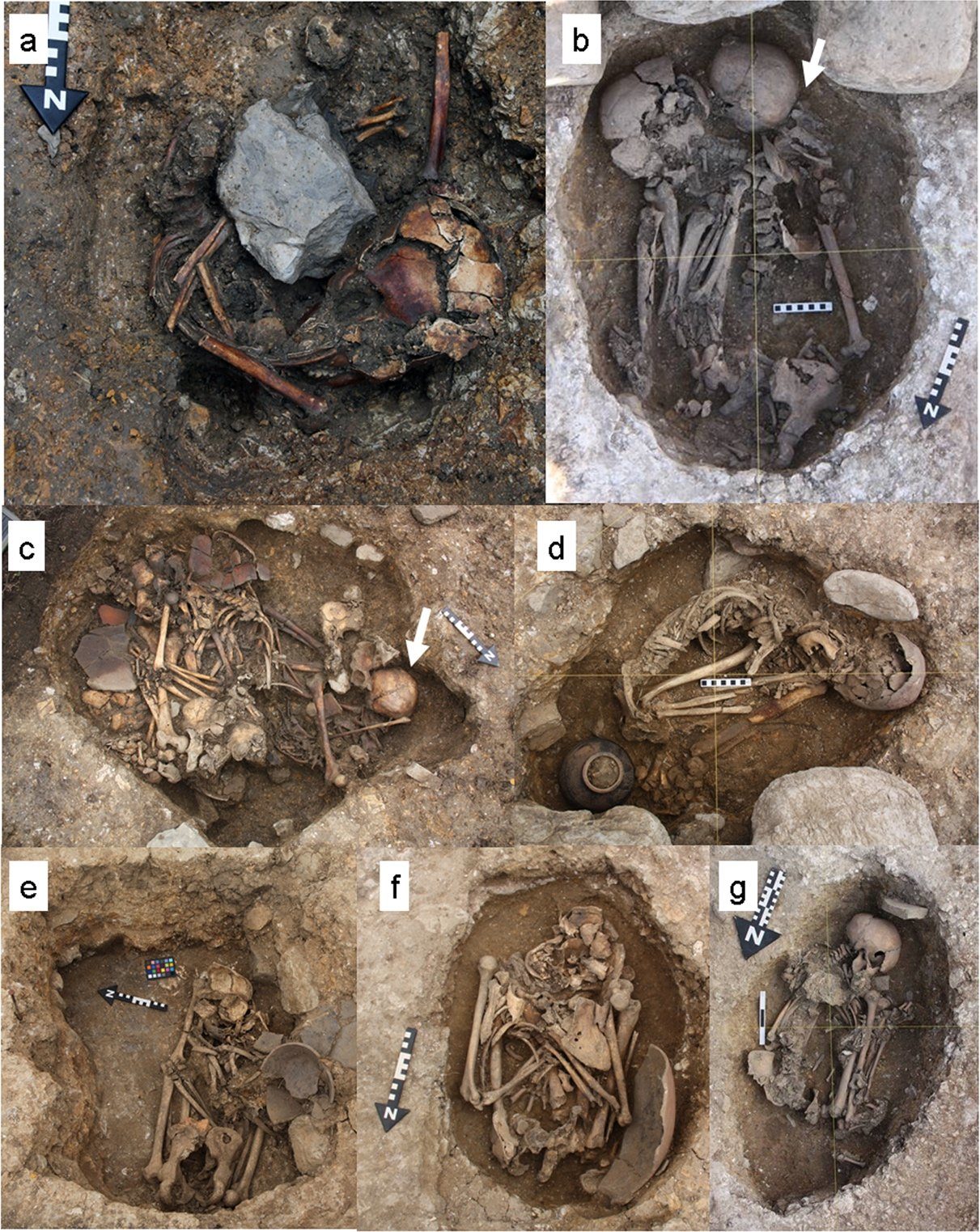OF THE
TIMES
They treat it as a game. That's because - to them - it IS a game. They are comfortable, warm enough, cool enough, well-fed... and - perhaps most...
What is the relationship between the operators of these 'devices' and certain 'humans' on the planet? I think these is one.
I know our MOD can be a bit unrealistic but in no way can the UK claim Neutrality. The government declared themselves wedded to Zionist causes...
taschen. Most do not kill wantonly however. Politicians spend peoples lives like you spend money.
The banksters making huge money so peace not in their interest. Blackrock and others getting fatter a fatter like ticks gorging on blood.
To submit an article for publication, see our Submission Guidelines
Reader comments do not necessarily reflect the views of the volunteers, editors, and directors of SOTT.net or the Quantum Future Group.
Some icons on this site were created by: Afterglow, Aha-Soft, AntialiasFactory, artdesigner.lv, Artura, DailyOverview, Everaldo, GraphicsFuel, IconFactory, Iconka, IconShock, Icons-Land, i-love-icons, KDE-look.org, Klukeart, mugenb16, Map Icons Collection, PetshopBoxStudio, VisualPharm, wbeiruti, WebIconset
Powered by PikaJS 🐁 and In·Site
Original content © 2002-2024 by Sott.net/Signs of the Times. See: FAIR USE NOTICE

We assume...
We believe...
Remember Ötzi and his copper tool? Don't be too sure telling the world what is true or not, without the provision of compelling evidence.